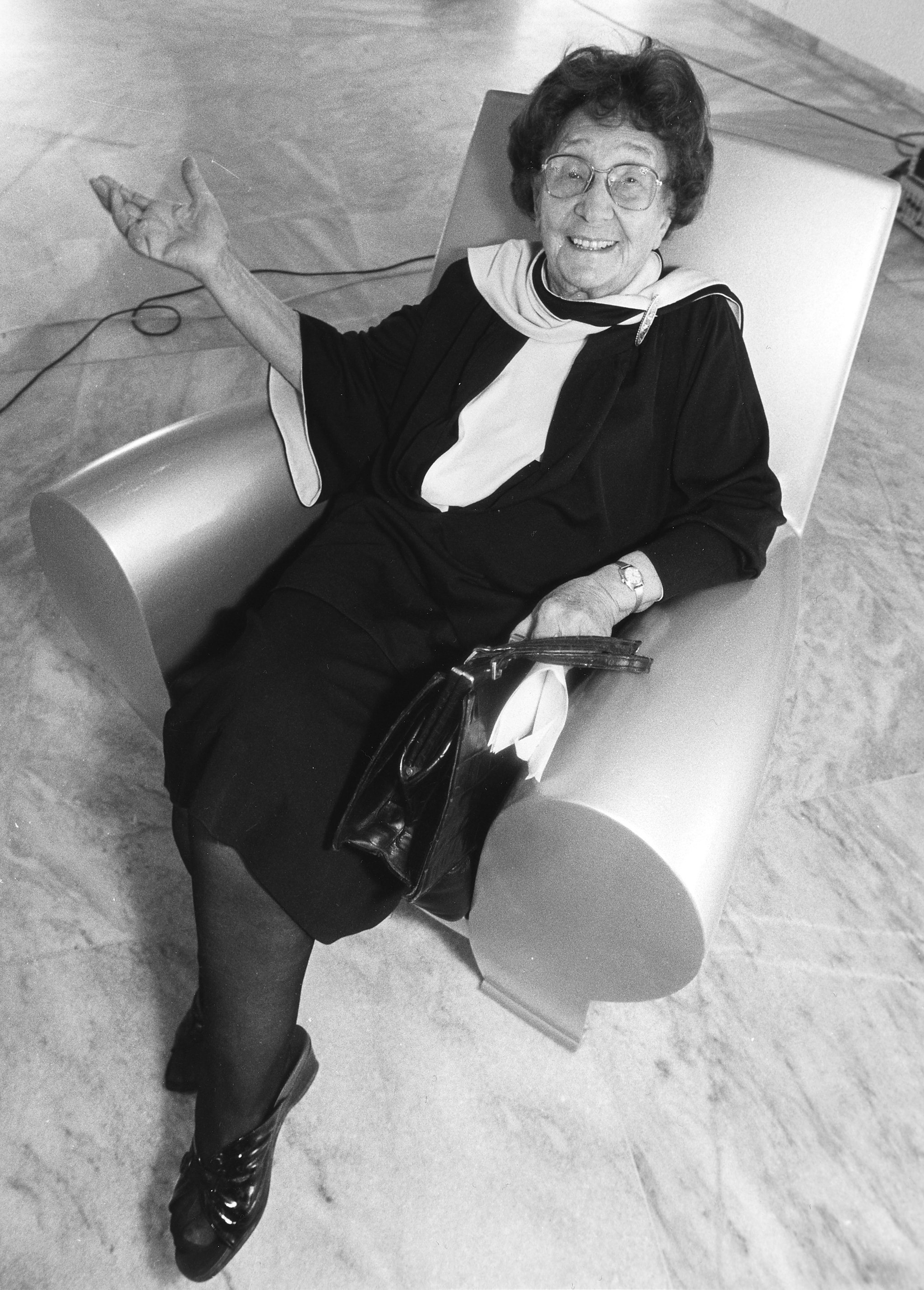More than you think
Society has always been drawn to scandals, affairs and rumors. Especially when it comes to l eading ladies. For the most part, there is precious little focus on their talent, and the legacy of their artistic, technological and socially progressive achievements end up being glossed over. All too often, what we are left with is a two-dimensional cliché of the seductress or long-suffering wife. But rash judgments and hackneyed clichés have one thing in common: they’re there to be challenged.
More than a lover
She is remembered as the wife of Gustav Mahler, Walter Gropius and Franz Werfel – as well as for her love affairs with Gustav Klimt, Alexander von Zemlinsky and Oskar Kokoschka. But there was much more to Alma Mahler-Werfel than that:
she was a talented composer and classically trained pianist . Her favorite composers included Schubert and Schumann, as well as Richard Wagner. As a young woman, she produced an extensive body of work. Yet she would give up her passion for music for the sake of her husband, the composer Gustav Mahler. And it made here even more determined in her support of other talented artists. Though she had an eye for genius, her activities as a patron and promoter went almost unnoticed.
Alma Mahler-Werfel 1879-1964
More than a movie star
Her Hollywood breakthrough came courtesy of 1933 film Ecstasy, with one particular nude scene putting her in the eye of a scandal at the time. But there was much more to Hedy Lamarr than that:
she was in fact a pioneering innovator and the brains behind some major technological advances. She worked with her then-husband, the composer George Antheil, on the development of a secret communications system for the U.S. government during World War II. Later dubbed "frequency hopping," it was designed to stop signals from torpedoes and other weaponry being blocked and decoded by enemy forces. Although its potential was not fully understood at the time, her invention would provide the foundation for the development of modern day technologies such as GPS, Bluetooth and Wi-Fi. Lamarr and Antheil were granted a patent for their communication system in 1942. She was posthumously inducted into the National Inventors Hall of Fame in 2014, and honored with the annual Hedy Lamarr Prize for Outstanding Achievement in IT – an accolade that has been awarded to Austrian women researchers since 2018.
Hedy Lamarr 1914-2000
More than a muse
Numerous photographs and mementoes of trips made together and shared summer vacations paint the picture of a long and close friendship between her and Gustav Klimt. But we do not know whether their relationship went beyond that. To this day, she is feted as Klimt’s muse and often referred to as his mistress. But there was much more to Emilie Flöge than that:
throughout her life, Flöge was every inch the independent, emancipated entrepreneur. In 1904, she founded the Schwestern Flöge fashion store with her sisters Pauline and Helene at the Casa Piccola building at Mariahilfer Strasse 1b in Vienna’s sixth district. In its heyday, their fashion studio employed up to 80 seamstresses and had numerous members of Viennese high society on its books. Emilie Flöge also played a major role in the nascent women’s rights movement as a high-profile advocate of broader educational and professional opportunities for women. Her loose-cut ”reform dresses” were revolutionary – Flöge’s reaction to restrictive bodices and an important step towards a life free from the strictures of the corset.
Emilie Flöge 1874-1952
More than a fitted kitchen
The standardized kitchen she designed was ultimately installed in around 10,000 homes – earning her the moniker of the “mother of the fitted kitchen”. But there was much more to Margarete Schütte-Lihotzky than that:
when Margarete Schütte-Lihotzky celebrated her 100th birthday in 1997, she mentioned that back in 1916 no one – herself included – believed that a woman would ever be commissioned to build a house. In 1919, Margaret, who studied under Oskar Kokoschka, Kolo Moser and Josef Hoffmann, became one of the first women ever in Vienna to be admitted to study architecture. And it was a profession she put her heart and soul into. She was a visionary known for her ability to use architecture to come up with practical solutions to social problems. Her work had a lasting impact on social housing. But her interest and participation in political events was just as great: an activist in the Austrian resistance to Nazism, she continued to campaign for women’s rights and visibility into old age.
Margarete Schütte- Lihotzky 1897-2000












